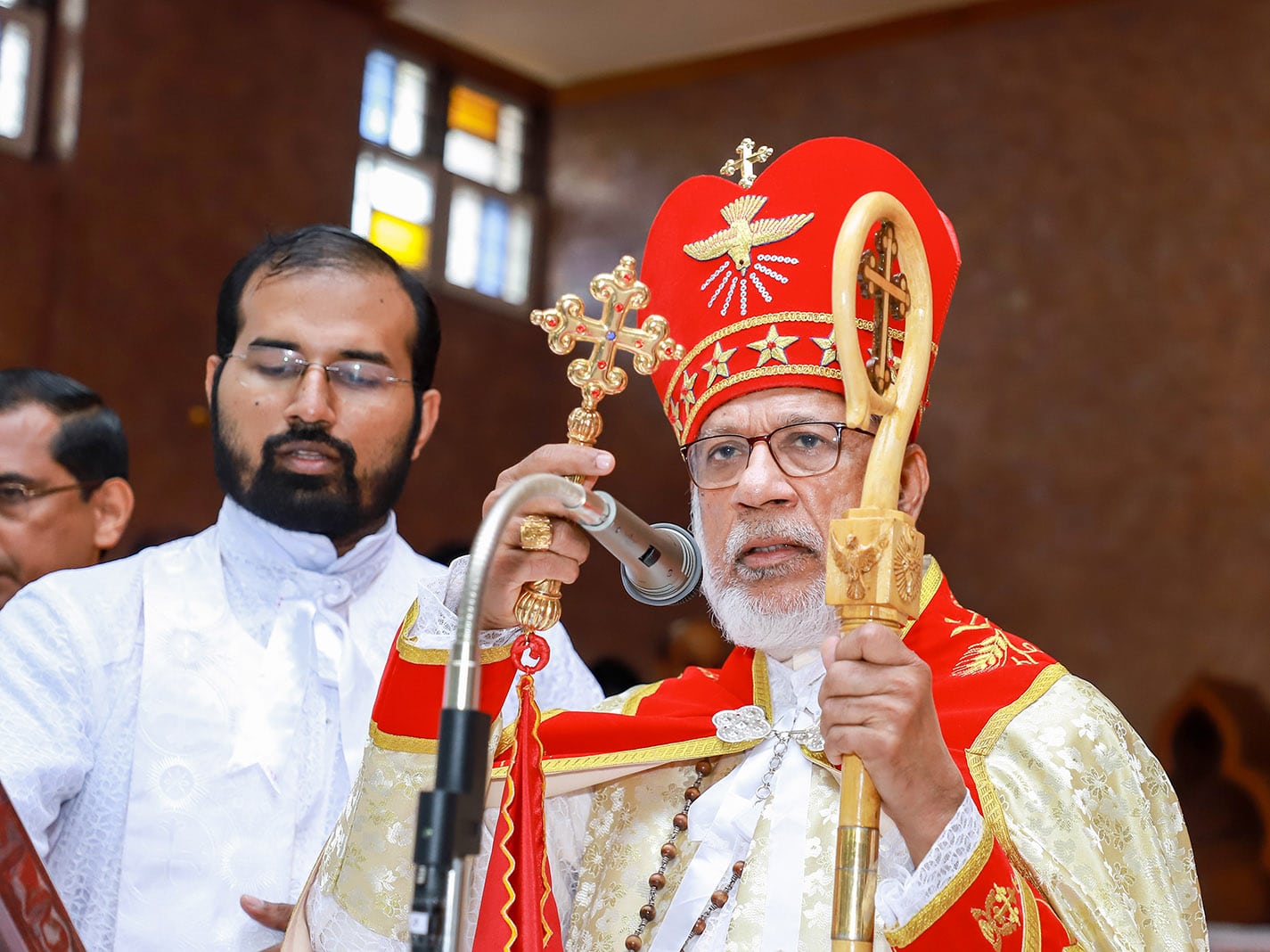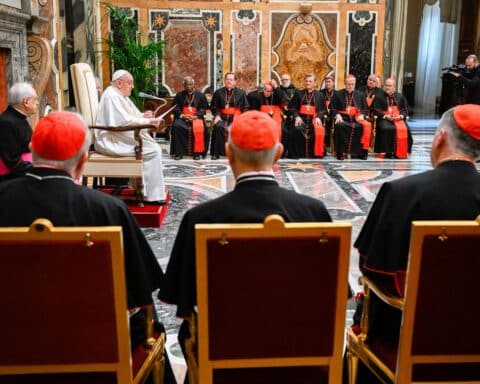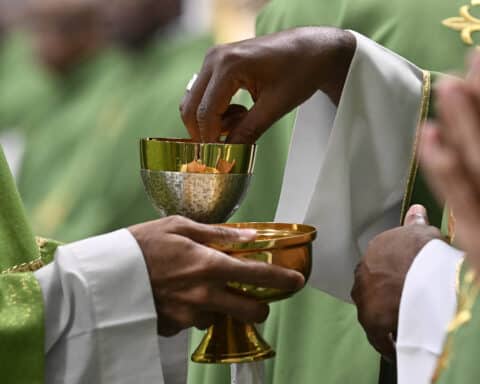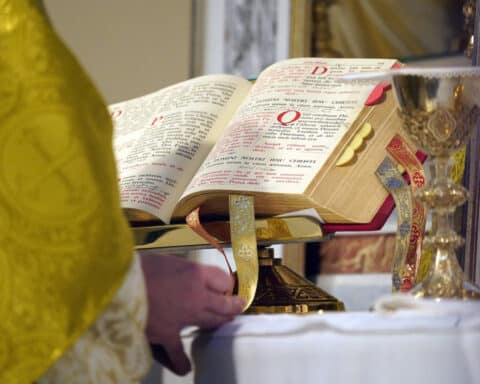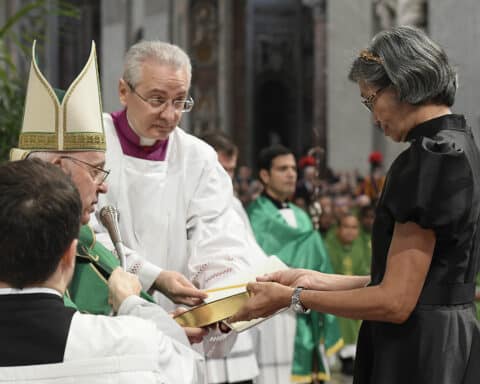The ongoing turmoil within the Eastern-rite Syro-Malabar Church in southern India evokes parallels to the ongoing debates over the place of the traditional Latin Mass in the West — that is, in the Roman Catholic Church. These struggles highlight the complex interplay between tradition, liturgy, authority and the autonomy of individual churches within the broader Catholic community.
In India, the Syro-Malabar Church finds itself at a crossroads as dissident Catholics within an archdiocese have refused to embrace a synod-approved restoration of that church’s traditional liturgy, the Qurbana, leading to an apparent split. The situation escalated when a Vatican delegate appointed to resolve the liturgical dispute returned to Rome amid escalating tensions. The core issue centers on the acceptance of the restored liturgy, where priests face East, toward the altar, during the Eucharistic prayer, as opposed to what had been the practice in many places where the liturgy had been “Latinized” in the wake of Vatican II, with priests facing the congregation throughout the liturgy.
This conflict echoes debates in the West, particularly surrounding the Latin Mass. While some Catholics seek to preserve the Usus Antiquior, others argue for the primacy of the post-Vatican II liturgical reforms. At a twenty-thousand-foot view, the tension between preserving tradition and adopting contemporary practices might appear to reflect a broader struggle within the Church over the balance between the ancient and modern. However, embracing the Usus Antiquior is not necessarily a rejection of progress but can be an affirmation of the profound wisdom that has guided the Church for centuries.
A question of liturgy
The Syro-Malabar situation offers a unique opportunity for reflection, as it is an Eastern-rite Catholic Church in full communion with the Roman Catholic Church. The crisis in that church raises questions about the extent to which uniformity should be enforced across diverse cultural and liturgical contexts. The Synod of the Syro-Malabar Church attempted to address this issue, but the lack of consensus and the subsequent defiance underscore the challenges of imposing top-down decisions in a decentralized ecclesial structure.
Liturgy is not merely a set of rituals; it’s a representation of a community’s identity, history and theological beliefs. Changes in liturgical practices can evoke strong emotions and create divisions, as seen both in the West and now in India. The resolute stance taken by Catholics in the Ernakulam-Angamaly Archdiocese has resulted in demonstrations, hunger strikes and street brawls. A series of violent clashes in St. Mary’s Cathedral resulted in its closure nearly eight months ago, and as of August 24, it remains closed.
But unity in the Church doesn’t imply homogenous adherence to a single form of worship. The Catholic Church’s strength lies in its rich tapestry of traditions, cultures and spiritual practices. Each liturgical expression has a unique way of drawing believers closer to God. The Holy Father has indicated, as many bishops have, that the critical pastoral concern is ensuring that attachment to a traditional form of the liturgy does not imperil the faithful.
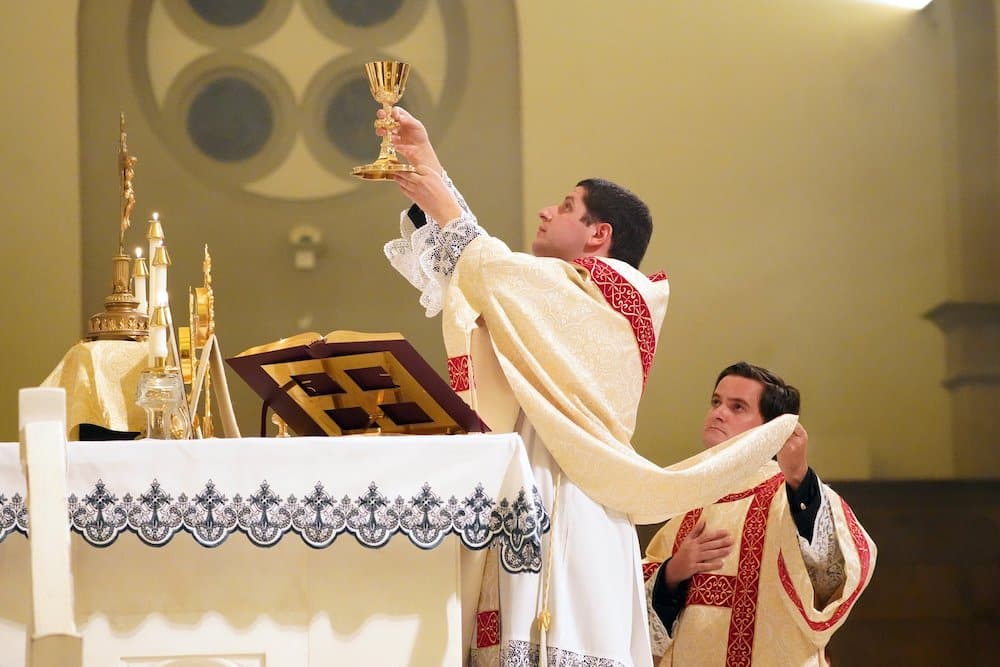
Considering the Latin Mass
As Pope Francis’ 2021 motu proprio, Traditionis Custodes, is implemented, there is an urgent need for open and respectful dialogue between proponents of both the Traditional Latin Mass and the post-Vatican II liturgical forms. It is evident that the attachment of many young people to the Usus Antiquor stems from something more than nostalgia. Have we taken seriously how the Traditional Latin Mass responds to their longings for the transcendent? Have we considered how elaborate vestments, intricate rituals and use of Latin create an atmosphere of awe and devotion that transcends the mundane concerns of daily life? Have we examined how vibrant parishes that worship in the Usus Antiquior often offer much more than just Sunday worship, inviting parishioners into a holistic expression of their faith seven days a week?
In the same fashion, has Vatican II’s teaching on the liturgy been widely studied and embraced in the Church? Are the reasons that liturgical reform was undertaken known and taught? Or are those conversations undermined by facile rejections of the council and angry, mocking dismissals of “postconciliar popes”? By providing proper formation, the faithful can better appreciate the richness of both forms of the Mass, fostering a sense of unity in the Church’s worship.
As dioceses across the United States continue to consolidate parishes, the changing landscape will prompt questions of worship. There are people who struggle with the current liturgy as practiced in their parishes. How do we accompany them? Even the updated English translation of the Mass in 2011 caused a great disruption for many people, and 12 years later, there are still people loudly and defiantly replying, “And also with you.” Are we taking the necessary steps to serve and to unify all Catholics and to be a Church concerned with those on the margins?
It is clear that the promulgation of Traditionis Custodes has not, in itself, resolved these questions for the Roman Catholic Church. As in the case of the Syro-Malabar Church, the need for conversation in the West continues. But will we discuss the things that really need to be discussed?

